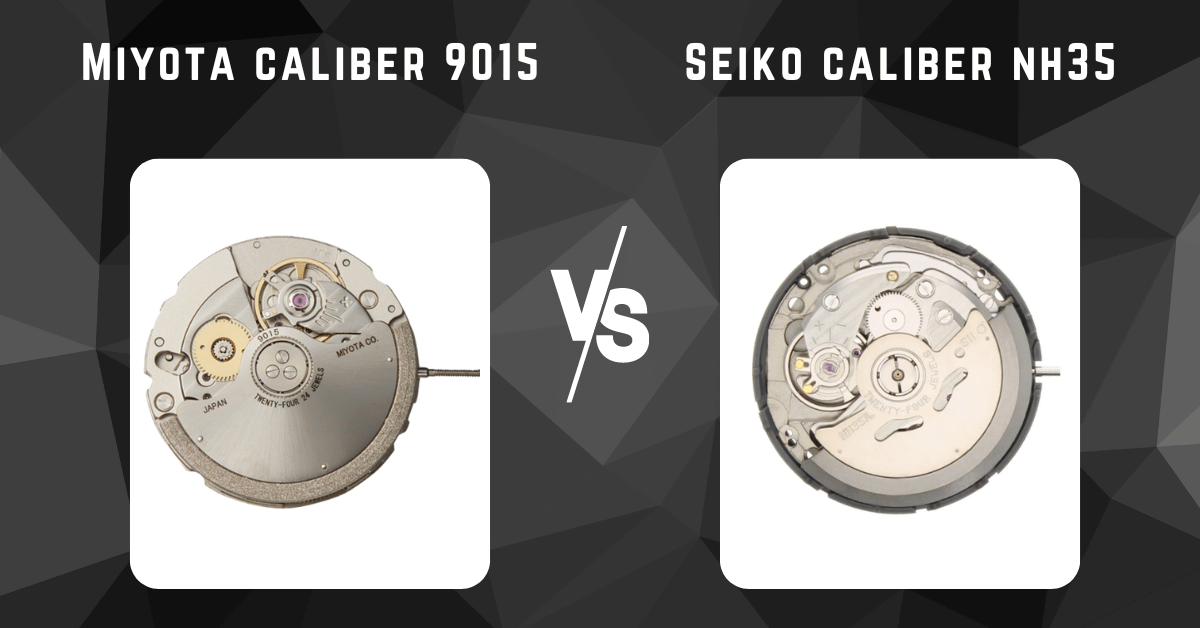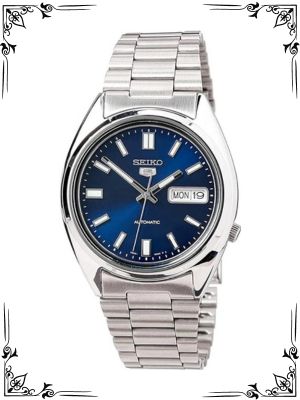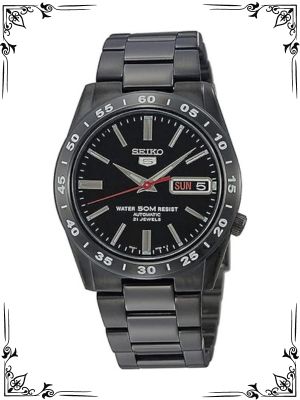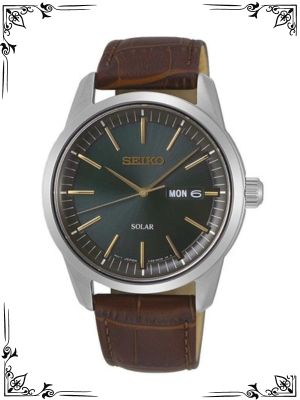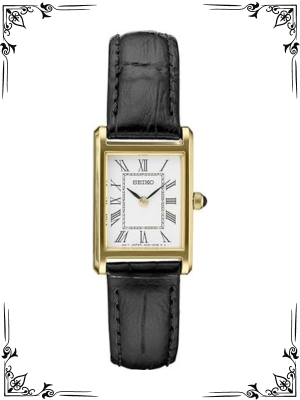For watch enthusiasts, the movement is the beating heart that breathes life into a timepiece. When it comes to reliable and affordable automatic movements, two giants stand out – the Miyota 9015 and the Seiko NH35. Both power a vast array of automatic watches, offering functionality and durability at attractive price points.
But with seemingly similar specs, choosing between them can be a head-scratcher. Fear not! This comprehensive guide delves into the intricacies of the Miyota 9015 and Seiko NH35, exploring their features, technical details, and user experiences, and helping you select the perfect movement for your next timepiece.
A Legacy of Quality: The Brands Behind the Movements
Miyota: A subsidiary of Citizen Watch Co., Miyota has established itself as a leading manufacturer of affordable and reliable mechanical movements. They supply movements to numerous watch brands, including Citizen, Orient, and even some budget-friendly Seiko models.
Seiko: A household name in the watch industry, Seiko boasts a rich heritage of innovation and craftsmanship. The NH35 is a workhorse movement powering a wide range of Seiko’s automatic watches and those of other brands.
Unveiling the Inner Workings: A Technical Breakdown
Here’s a table to compare the key technical specifications:
| Feature | Miyota 9015 | Seiko NH35 |
|---|---|---|
| Movement Type | Automatic (self-winding) | Automatic (self-winding) |
| Jewels | 24 Jewels | 21 Jewels |
| Power Reserve | Approximately 40 hours | Approximately 41 hours |
| Beat Rate | 28,800 bph (beats per hour) | 21,600 bph (beats per hour) |
| Hacking Feature | Yes (allows stopping the second hand for precise time setting) | Yes (allows stopping the second hand for precise time setting) |
| Date Function | Optional (depending on the specific movement version) | Typically included |
| Secondary Time Zone | No | No |
Key Differences:
Jewels: The Miyota 9015 boasts 24 jewels compared to the Seiko NH35’s 21. While more jewels can reduce friction and potentially improve longevity, the difference between 21 and 24 jewels in these movements might be negligible in real-world use.
Beat Rate: The Miyota 9015 has a higher beat rate of 28,800 bph compared to the NH35’s 21,600 bph. A higher beat rate translates to a smoother sweep of the second hand, potentially offering a more satisfying visual experience.
Date Function: The Miyota 9015 has versions with and without a date function, while the Seiko NH35 typically comes with a date function. Choose based on your preference for a cleaner dial or the convenience of a date complication.
Performance in Action: User Experiences
Miyota 9015: Watch owners appreciate its smooth sweeping second hand due to the higher beat rate, good accuracy, and long power reserve. Some users might find the lack of a date function on certain versions a drawback.
Seiko NH35: Praised for its reliability, affordability, and ease of maintenance. The inclusion of a date function is a plus for many users. A few users might notice a slightly less smooth second-hand sweep due to the lower beat rate compared to the Miyota 9015.
Durability and Maintenance: Built to Last
Both movements are renowned for their durability and longevity. Regular servicing by a qualified watchmaker is recommended to maintain optimal performance over time.
The Price Factor: A Matter of Budget
Miyota 9015: Generally commands a slightly higher price point compared to the Seiko NH35.
Choosing Your Champion: Selecting the Perfect Movement
The Miyota 9015 and Seiko NH35 are both fantastic automatic movements, but which reigns supreme for you? Here’s a quick guide:
- Budget-minded? NH35 wins on affordability.
- Crave a smooth sweep? Miyota 9015 boasts a smoother secondhand.
- Need a date? NH35 typically includes one, while Miyota 9015 offers versions with or without.
- Bonus points: Consider regulation ease (Miyota) and hand-winding feel (personal preference).
Remember: Both movements are reliable options. Choose the one that best suits your budget, desired features, and watch style!
Beyond the Basics: Additional Considerations for Movement Selection
While the core technical specs and user experiences provide a solid foundation, a few additional details can influence your decision:
Regulation: Both movements can be regulated by a skilled watchmaker to achieve high accuracy. However, some users report the Miyota 9015 might be slightly easier to regulate.
Hand Winding Experience: The feel and smoothness of hand winding can vary slightly between movements. Reading user reviews or trying on watches with both movements can help you determine your preference.
Availability: The specific movement used in a watch depends on the manufacturer’s choice. You might find the Seiko NH35 more readily available in certain watch brands compared to the Miyota 9015.
Case Studies: Matching Movement to Watch
Scenario 1: The Value-Conscious Diver
- Considerations: You seek a reliable and affordable automatic dive watch for everyday wear and occasional weekend adventures.
- Ideal Movement: The Seiko NH35 is a strong contender. Its robust build, affordability, and long power reserve make it a perfect companion for various activities. The inclusion of a date function adds practicality.
Scenario 2: The Smooth Sweep Seeker
- Considerations: You prioritize a dress watch with a smooth sweeping second hand for a more refined aesthetic.
- Ideal Movement: The Miyota 9015’s higher beat rate translates to a smoother second-hand sweep. While some versions lack a date function, this might be a desirable trade-off for a cleaner dial on a dress watch.
Modifying Movements: Exploring Aftermarket Options
Watch enthusiasts might explore aftermarket modifications for their movements. However, keep in mind that:
- Modifications can be expensive.
- The warranty might be voided.
- Modifications require a skilled watchmaker.
The Seiko NH35, due to its wider availability, has a larger aftermarket following with more readily available modification parts.
The Final Beat: Selecting Your Perfect Timekeeping Companion
The choice between the Miyota 9015 and Seiko NH35 boils down to your priorities. The Seiko NH35 excels in affordability, reliability, and widespread use. The Miyota 9015 offers a smoother second-hand sweep, the potential for better regulation, and versions with or without a date function.
Ultimately, consider your budget, desired features, and watch preferences to select the movement that best complements your timepiece. Remember, both the Miyota 9015 and Seiko NH35 are solid options, powering countless automatic watches enjoyed by watch enthusiasts worldwide.
Bonus: Exploring Additional Automatic Movements
The world of automatic movements extends beyond the Miyota 9015 and Seiko NH35. Here are some well-regarded alternatives to consider:
ETA 2824-2: A highly respected Swiss-made movement known for its accuracy, reliability, and widespread use in luxury and mid-range automatic watches.
Seiko 6R Series: An in-house movement from Seiko offering superior accuracy, power reserve, and anti-magnetic properties compared to the NH35.
Sellita SW200: A Swiss-made movement considered a reliable alternative to the ETA 2824-2, often found in higher-end timepieces.
Remember, these movements typically come at a higher price point compared to the Miyota 9015 and Seiko NH35.
Maintaining Your Automatic Watch: A Guide to Longevity
Regardless of the movement you choose, proper care extends the lifespan of your automatic watch. Here are some essential tips:
Wear it regularly: Automatic movements rely on your wrist movement to wind the mainspring. Regular wear ensures the watch stays powered.
Wind it periodically: If you don’t wear your watch daily, wind it manually to keep it running. Consult the watch manual for specific winding instructions.
Get it serviced: Regular professional servicing (every 3-5 years) is crucial for maintaining accuracy and optimal performance.
By following these tips, you can ensure your automatic watch, powered by either the Miyota 9015, Seiko NH35, or another reliable movement, keeps ticking for years to come. Happy watch hunting!

